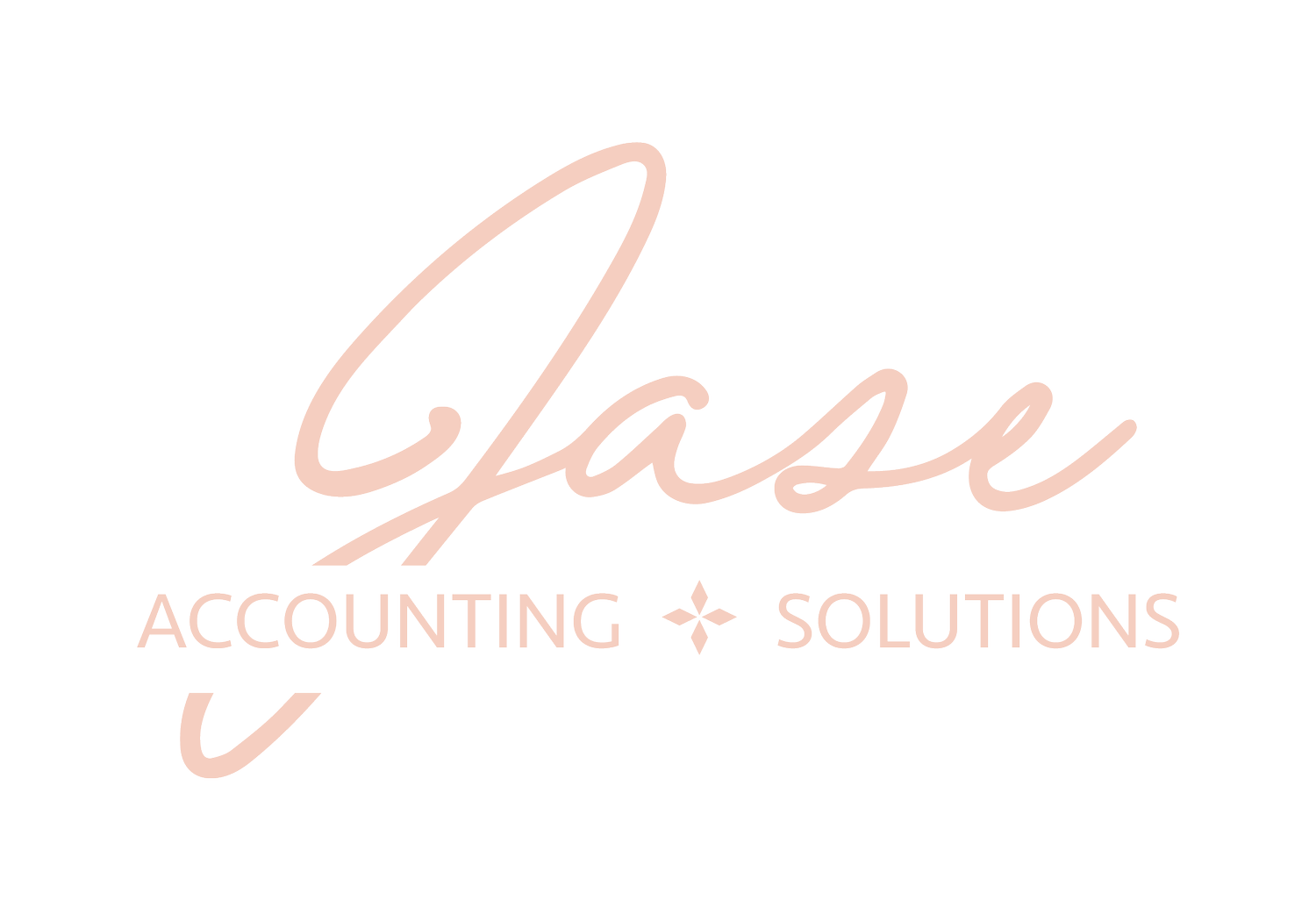The Psychology of Pricing: Strategies for Small Business Owners
Pricing is a critical aspect of any business, and small business owners often find themselves facing the challenge of determining the right price for their products or services. What many may not realize is that pricing isn't just about numbers; it's deeply intertwined with human psychology. Understanding the psychological factors that influence consumer behavior can help small business owners optimize their pricing models and drive sales. In this blog, we will explore the psychology of pricing, pricing strategies and delve into the psychology behind them, offering valuable insights for small business owners looking to make informed pricing decisions.
Anchor Pricing
Psychological Insight: Anchor pricing involves setting a higher initial price to make a subsequent lower price seem like a better deal. Consumers tend to anchor their perception of value based on the first price they see.
Application: Use anchor pricing in your marketing by showing the original price alongside the discounted price, emphasizing the savings. This can encourage customers to make a purchase.
Prestige Pricing
Psychological Insight: Prestige pricing relies on the psychological association between higher prices and higher quality. Many consumers equate a premium price with premium quality.
Application: If your small business offers luxury or high-quality products, consider setting prices slightly higher to capitalize on this perception. Just be sure to deliver on the promise of quality.
Price Bundling
Psychological Insight: Price bundling combines multiple products or services into one package at a lower price than buying each item separately. Consumers are drawn to bundled deals because they perceive greater value.
Application: Offer product bundles or service packages to entice customers to purchase more. Highlight the savings they'll enjoy by choosing the bundle.
Scarcity and Urgency
Psychological Insight: Scarcity and urgency tactics create a fear of missing out (FOMO). Limited-time offers or low-stock warnings trigger a sense of urgency, compelling consumers to act quickly.
Application: Use phrases like "Limited stock available" or "Offer ends soon" to create a sense of urgency, encouraging customers to make a purchase decision sooner rather than later.
Decoy Pricing
Psychological Insight: Decoy pricing involves offering three options: a high-priced option, a low-priced option, and a middle option that is priced slightly higher than the low-priced one. Consumers are more likely to choose the middle option, perceiving it as the best value.
Application: Present your products or services with tiered pricing options, making the middle option the most attractive choice.
Loss Aversion
Psychological Insight: Loss aversion suggests that people feel the pain of losing something more than the pleasure of gaining it. Emphasize what customers will lose if they don't take advantage of your offer.
Application: Craft your marketing messages to highlight the potential losses customers might experience by not choosing your product or service.
Price Anchoring
Psychological Insight: Price anchoring involves presenting a higher-priced product or service first, followed by a lower-priced one. Consumers are more likely to choose the second option, perceiving it as a better deal.
Application: When presenting multiple products or services, start with the higher-priced option and then introduce the lower-priced alternatives.
Pricing strategies go beyond simply assigning numbers to your products or services; they tap into the psychology of consumer behavior. Small business owners can leverage these psychological insights to optimize their pricing models, increase sales, and enhance their bottom line. By understanding the principles of anchor pricing, prestige pricing, price bundling, scarcity and urgency, decoy pricing, loss aversion, and price anchoring. You can make more informed pricing decisions that resonate with your target audience and lead to greater success in your small business.


